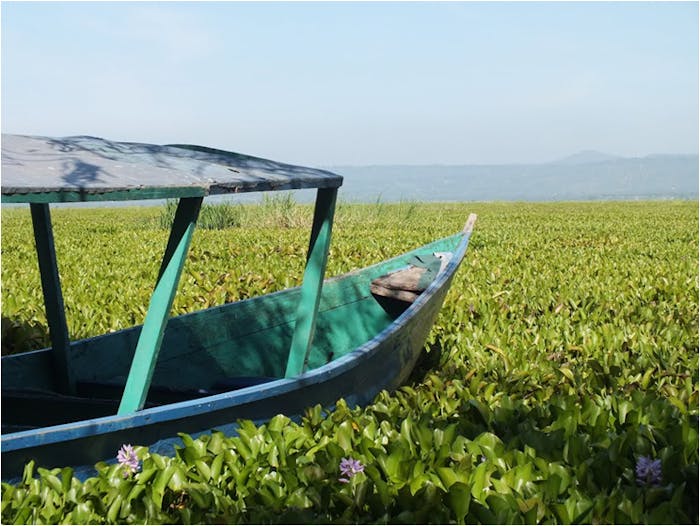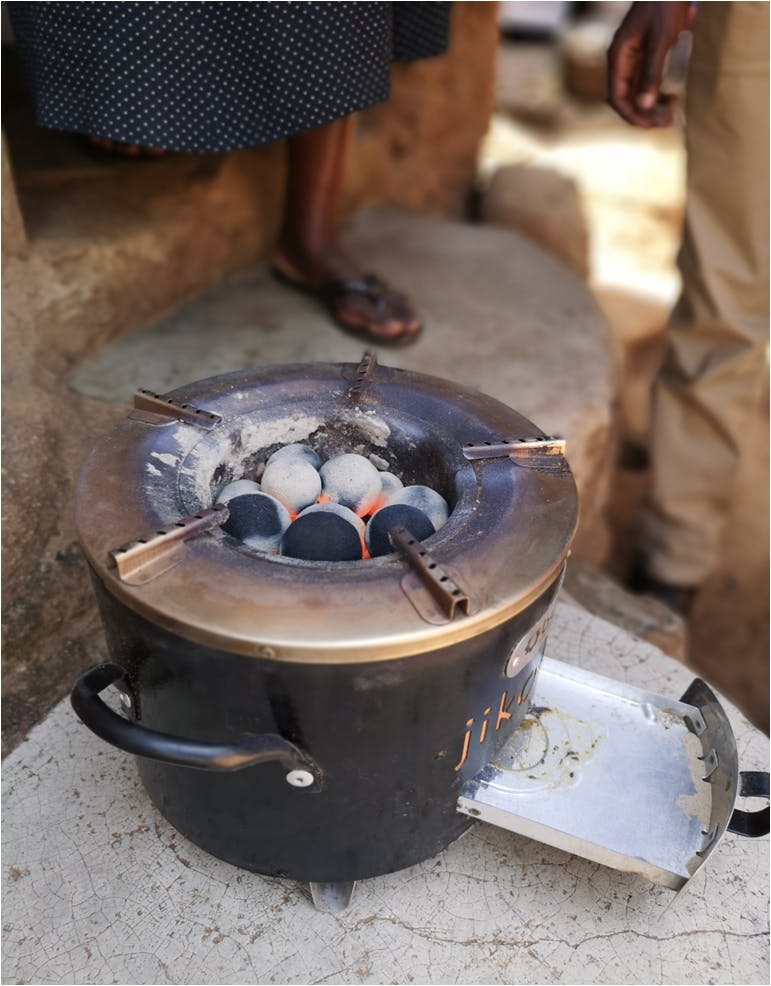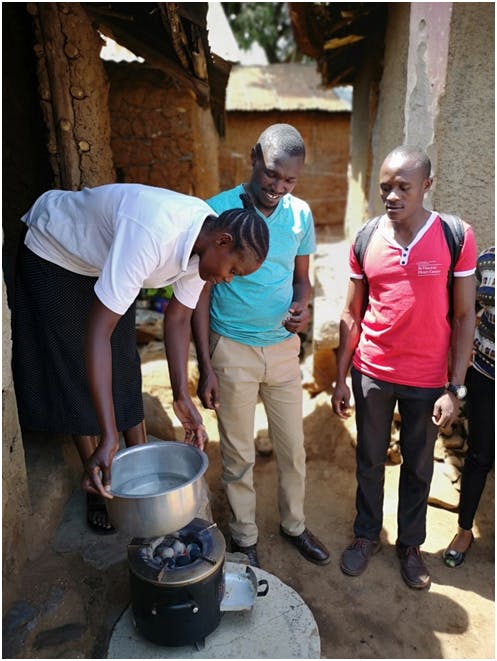The water hyacinth literally deprives Kenyans of breath
One of the fastest-growing floating water plants, the invasive water hyacinth (Eichhornia crassipes), has returned to Lake Victoria. This plant threatens the health and wealth of tens of millions of people who depend on what nature has to offer from the lake.
The bay of Kisumu, Kenya’s third largest city, is one of the hardest hit areas. Here, a rotting layer of water hyacinths has developed which is so thick that other plants and trees have grown on top of it. Sometimes goats even use it to cross the water. Underneath the rotting layer aquatic life has drastically deteriorated.
Inhabitants say the water has an unpleasant taste and that they catch fewer and smaller fish. Health risks are increasing as a result of mosquitoes and snails, toxic algae and foul-smelling bacteria. The lake’s important functions such as transport, tourism, fisheries and water supply are coming to a standstill. Waste water discharge and poor land use mean that nutrients and sludge continue to flow into the lake, supporting the growth of water hyacinths. Also, people have encroached the surrounding wetlands and marshes which means they no longer act as a buffer for in-flowing sediment and fertilizers.
There are more problems in the lake area. Inhabitants often use locally made charcoal or firewood for cooking which has lead to massive deforestation and erosion. With a population growth forecast of 3-4% a year, a solution looks further away than ever. The result is that Lake Victoria has become more sensitive to climate change. The area is a biodiversity hotspot but under current circumstances unique species are disappearing quickly and for good. A new knowledge-driven approach based on integrated water and land management can break this downward spiral.

 06 Clean Water and Sanitation
06 Clean Water and Sanitation
 03 Good Health and Well-being
03 Good Health and Well-being
 07 Affordable and Clean Energy
07 Affordable and Clean Energy

